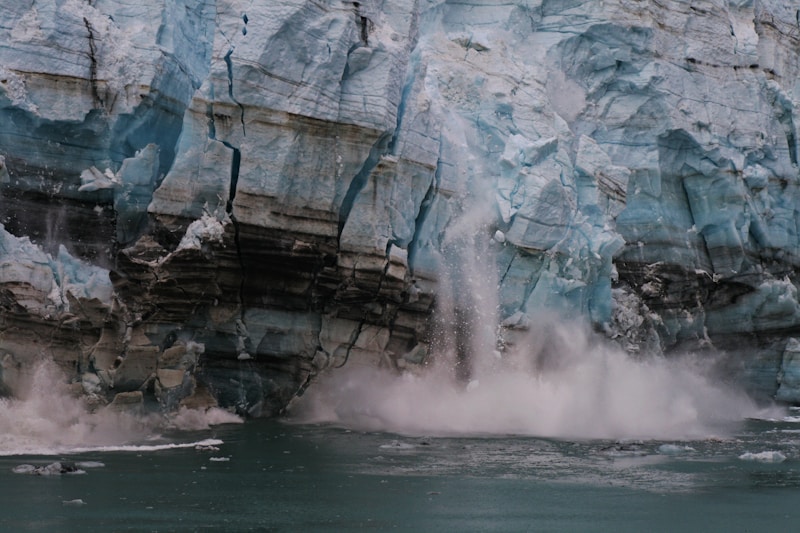12 Questions
What does the field of physical geography aim to understand?
The Earth's natural systems and spatial patterns
Which component of physical geography involves the study of rocks, minerals, and landforms?
Geology
What does hydrology primarily examine in physical geography?
Water systems and resources
Which method do physical geographers commonly use to acquire geographic data?
Remote sensing
What is the main focus of the analysis in climate within physical geography?
Temperature patterns
Which field of study investigates the processes that shape the Earth's surface?
Geology
What is the primary focus of Geographic Information Systems (GIS)?
Management and analysis of spatial data
Which career path is NOT mentioned as a potential opportunity for physical geographers?
Botanists
What role do physical geographers play in addressing environmental challenges?
Informing decision-making processes
Which field involves direct observations of the natural world like geologic surveys?
Field work
What analytical techniques are commonly used by physical geographers?
Statistical analysis and mathematical modeling
How does physical geography contribute to addressing resource scarcity?
By providing insights into Earth's natural systems
Study Notes
Physical Geography: Unraveling the Earth's Complex Landscapes
Physical geography is a multifaceted field that seeks to understand and explain the Earth's natural systems and spatial patterns. This dynamic discipline, often referred to as the "science of places," is a rich fusion of geology, climates, landforms, and water bodies, with the goal of shedding light on the ever-evolving interrelationships between the natural world and human societies.
Key Components of Physical Geography
- Geology: The study of the Earth's solid and liquid components, such as rocks, minerals, and landforms, to understand the processes that shape the planet's surface.
- Climate: The analysis of atmospheric conditions, precipitation, and temperature patterns across the globe, with an emphasis on their effects on natural systems and human societies.
- Hydrology: The examination of water systems, including surface water, groundwater, and freshwater resources, as well as their intricate connections with other Earth systems.
- Landforms and relief: The investigation of topography, elevation, and land features to comprehend the processes that create and modify the Earth's surface.
Methods and Tools
Physical geographers employ a wide array of techniques and technologies to uncover the Earth's secrets. Some of the most common tools and methods include:
- Remote sensing: The acquisition of geographic data using sensors mounted on aircraft, satellites, or drones.
- Geographic Information Systems (GIS): The management and analysis of spatial data, including geocoding, mapping, and spatial modeling, to better understand geographic patterns and relationships.
- Field work: Direct observations of the natural world, including geologic surveys, hydrological data collection, and topographic mapping.
- Analytical and computational techniques: Statistical analysis, mathematical modeling, and computer simulations to gain insights into complex Earth systems.
Careers in Physical Geography
Physical geography provides numerous career opportunities, as its skills and knowledge are applicable in various fields. Some potential career paths for physical geographers include:
- Environmental scientists and specialists
- Hydrologists
- Climate researchers
- Geological surveyors
- Urban planners
- Land-use and natural resource managers
- Cartographers
- Research assistants in academic, governmental, or private settings
The Future of Physical Geography
Physical geography serves an essential role in our rapidly changing world. As the planet faces increasing environmental challenges, such as climate change and resource scarcity, a solid understanding of Earth's natural systems is more critical than ever. Physical geographers will play a pivotal part in addressing these complex issues and informing the decision-making processes that shape our planet's future.
Conclusion
Physical geography is an exciting and dynamic field that bridges the gap between the natural and human worlds. Its diverse perspectives and analytical methods equip us with the knowledge and skills to better understand and address the challenges our planet faces today. Whether you're a student interested in the field or a professional looking to expand your expertise, physical geography offers a rich landscape for exploration and discovery.
Discover the fundamental components, methods, careers, and significance of physical geography in unraveling the Earth's complex landscapes. From geology and climate to hydrology and landforms, explore the dynamic field that serves as the bridge between natural systems and human societies.
Make Your Own Quizzes and Flashcards
Convert your notes into interactive study material.




